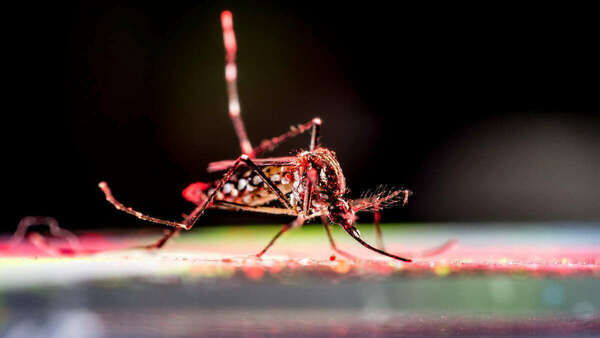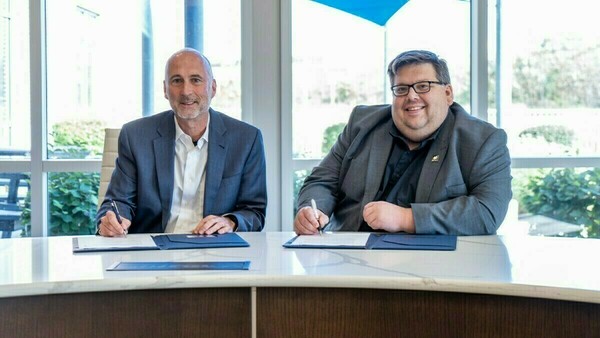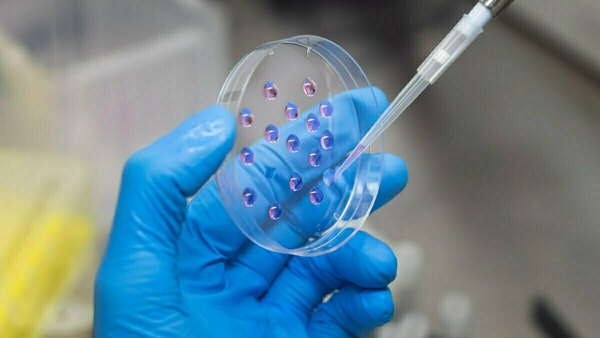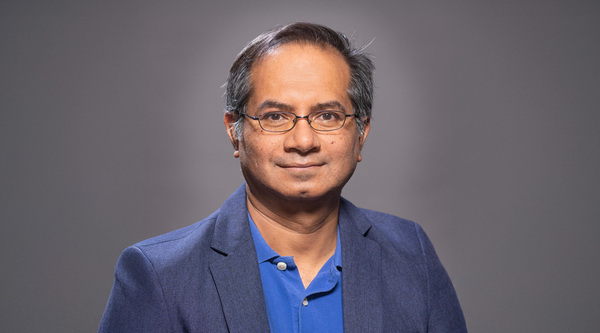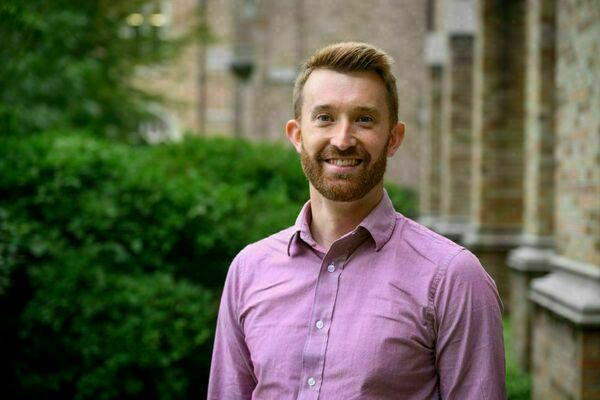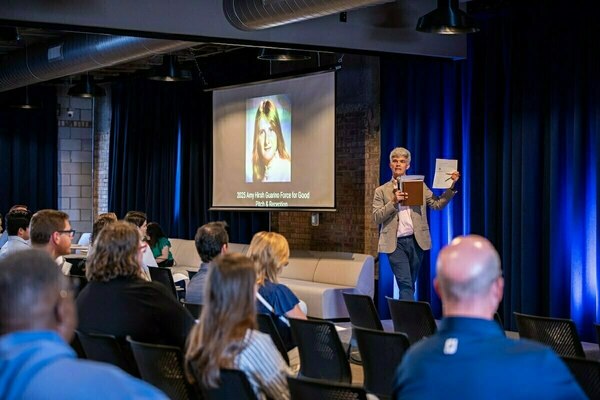Researchers deconstruct chikungunya outbreaks to improve prediction and vaccine development
The symptoms come on quickly — acute fever, followed by debilitating joint pain that can last for months. Though rarely fatal, the chikungunya virus, a mosquito-borne illness, can be particularly severe for high-risk individuals, including newborns and older adults.
While the virus is common in tropical and subtropical regions, including Asia, Africa and South America, public health officials have been tracking reported infections in Europe and, in September, a confirmed case in Long Island, New York.
Outbreaks of chikungunya have prompted the Centers for Disease Control to issue health notices to travelers bound for Bangladesh; Cuba; Guangdong Province, China; Kenya; Madagascar; Somalia; and Sri Lanka.
In Guangdong Province, an “unprecedented” outbreak recently prompted government officials in China to mandate quarantines for anyone suspected of being infected by the virus, spraying individuals with mosquito repellent and spraying impacted buildings and other areas with insecticide.
In a new study, published in Science Advances, researchers at the University of Notre Dame analyzed more than 80 outbreaks of chikungunya virus to improve prediction of future outbreaks and inform vaccine trial development.

“Chikungunya outbreaks are unpredictable in both size and severity,” said Alex Perkins, the Ann and Daniel Monahan Collegiate Professor of infectious disease epidemiology in the Department of Biological Sciences, and co-author of the study. “You can have one outbreak that infects just a few people, and another in a similar setting that infects tens of thousands. That unpredictability is what makes public health planning — and vaccine development — so difficult.”
For the study, Alexander Meyer, a postdoctoral researcher in Perkins’ lab and lead author of the study, and a team of researchers reconstructed and analyzed 86 chikungunya outbreaks, creating the largest comparative dataset of its kind.
“Instead of looking at outbreaks in isolation, looking at many, all of which varied in size and severity, allowed us to search for patterns among them,” Meyer said.
Chikungunya was first identified in the 1950s. Outbreaks have become increasingly frequent and widespread, but they’re also sporadic and difficult to predict, posing a challenge to public health officials when it comes to planning for and preventing infections.
Changes in outbreaks of chikungunya, transmitted by bites from infected mosquitoes — Aedes aegypti or Aedes albopictus are the primary vectors — and other mosquito-borne illnesses are often considered in relation to climate change, as warmer, more humid conditions can promote mosquito activity.
But Perkins said this study showed that climate isn’t necessarily the most important factor when trying to predict the severity of an outbreak of disease caused by a virus like chikungunya.
“Climate factors like temperature and rainfall can tell us where outbreaks are possible, but this study shows that they don’t help very much in predicting how severe they will be,” he said. “Local conditions matter — things like housing quality, mosquito density and how communities respond. Some variation is simply due to chance. That randomness is part of the story, too.”
Currently, only two vaccines for chikungunya have received regulatory approval — but they are not widely available in regions where the virus is most common.
That is why having such a large, comprehensive dataset is so helpful when it comes to vaccine development, Perkins said.
To test for efficacy, vaccine makers need accurate predictions of where an outbreak might occur before it happens, to conduct trials and monitor whether candidate vaccines are effective.
The study demonstrates how a more comprehensive analysis of past outbreaks can help public health officials prepare for future outbreaks, thereby protecting vulnerable populations and aiding vaccine development.
Additional co-authors include Kathryn B. Anderson at the State University of New York, Natalie Dean at Emory University, and Sandra Mendoza Guerrero and Steven T. Stoddard at Bavarian Nordic Inc., which provided funding for the study. This work was additionally supported by the Office of the Assistant Secretary of Defense for Health Affairs.
Contact: Jessica Sieff, associate director of media relations, 574-631-3933 or jsieff@nd.edu
Originally published by at news.nd.edu on October 03, 2025.
Latest Research
- Notre Dame, Beacon Health System announce new, multiyear research collaborationThe University of Notre Dame and Beacon Health System have announced a new, multiyear research collaboration. Through this agreement, Notre Dame and Beacon will jointly develop collaborative, health-focused research projects that are of interest to both organizations, particularly in the areas of oncology and health data.
- Fighting to cure brain cancerTo better understand glioblastoma, an aggressive brain cancer, a Notre Dame researcher thought outside the box—and off planet Earth. Read the story
- ND electrical engineer Ranjan Singh named founding editor-in-chief of APL Engineering PhysicsRanjan Singh, professor of electrical engineering at the University of Notre Dame and pioneer in terahertz photonics, spintronics and metamaterials, has been named founding editor-in-chief of Applied Physics Letters (APL) Engineering Physics.
- Exceptional faculty recognized as Notre Dame’s 2025 All-Faculty TeamNotre Dame has a long history of outstanding student-athletes being named to All-America teams. The University also has a tradition of honoring exceptional faculty on the football field each fall. At every home game, the provost honors a distinguished member of the faculty. These seven scholar-teachers…
- Localizing global environmental challenges through Just Transformations to Sustainability InitiativeThis story is part of a series of features highlighting the managing directors of the University's strategic initiatives. The managing directors are key (senior) staff members who work directly with the faculty…
- Career planning platform Runwayz takes home the Amy Hirsh Guarino AwardOn Friday, September 19, members of the University of Notre Dame and South Bend communities gathered to celebrate the legacy of Amy Hirsh Guarino by recognizing a local venture that best embodies the ideals of the University and reflects Amy's values of hard work, helping others, innovation, and community service.



